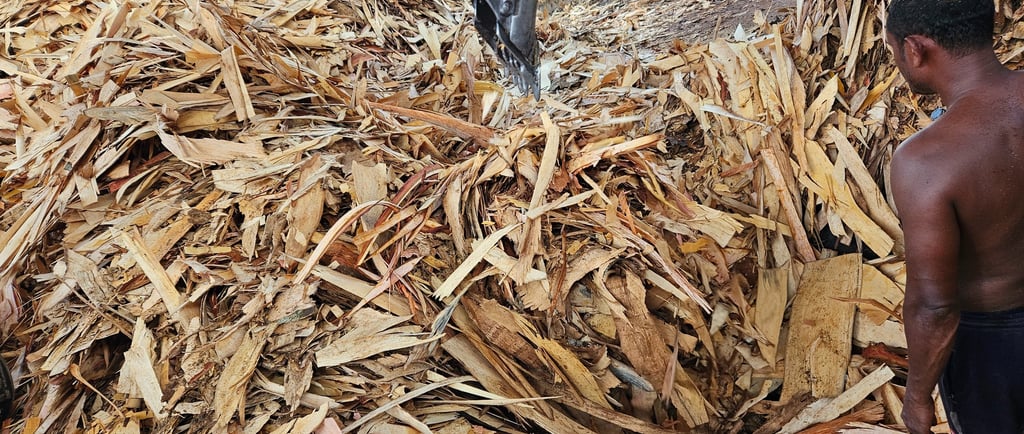What is Veneer Waste?
Understanding Veneer Waste and Its Industrial Value In the wood industry, veneer waste plays a crucial role as a cost-effective and sustainable raw material. Generated during the veneer cutting and peeling process, this by-product has become an essential fuel and production material for multiple industries.
Velocity Institute
9/24/20251 min read


Veneer waste products include wood from core-veneering and off-cuts, broken or warped sheets, and irregular pieces, all of which are unsuitable for high-quality veneer products. These waste materials can be repurposed into useful products such as biomass fuel, particleboard, composting, low-cost packaging, and even animal feed, depending on their condition and local facilities.
Types of Veneer Waste
Core Veneer Waste:This is the central, often lower-quality wood left over after thin sheets of veneer are peeled from logs to create plywood or decorative veneers.
Off-cuts and Irregular Pieces:These are scraps and pieces that don't meet the standard dimensions or quality required for faces or cores of plywood and other veneer products.
Broken Veneer Sheets:Warped, split, or damaged sheets that cannot be used in their original form also constitute waste.
Uses for Veneer Waste
Biomass Fuel:Veneer waste can be chipped and sold as fuel for boilers and industrial furnaces, or processed into pellets for energy production.
Particleboard and MDF:The wood material can be used as a component in the manufacturing of particleboard, Medium-Density Fiberboard (MDF), and other composite wood products.
Composting:Clean and uncontaminated wood waste from veneer production can be composted, contributing to soil enrichment.
Low-Cost Packaging:In some cases, smaller, irregular pieces might be suitable for simple and affordable packaging solutions.
Animal Feed:Certain types of wood waste, when processed appropriately, can be used as a component in animal feed.